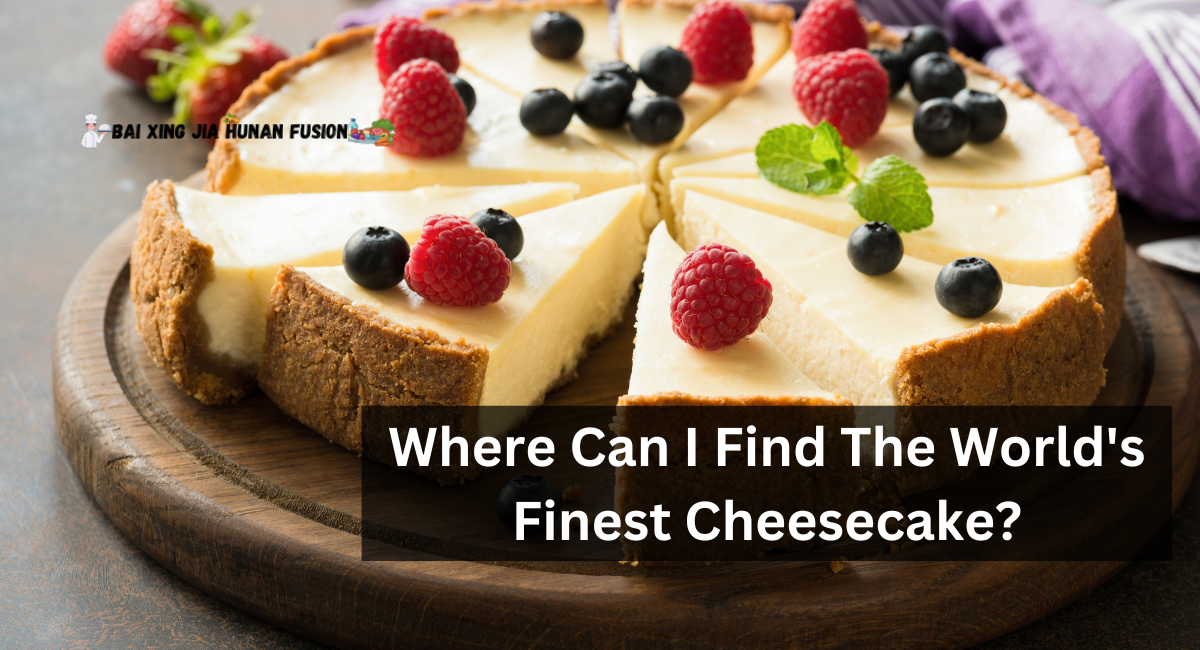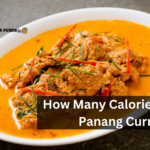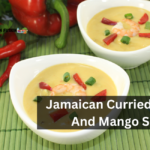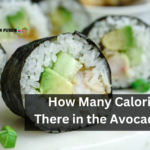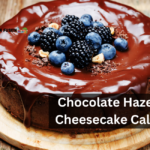With Its Creamy and Delectable Texture, Cheesecake Has Captured the Hearts and Appetites of People Around the World. But Have You Ever Wondered Where to Find the World’s Finest Cheesecake? In This Article, We’ll Explore Some of the World’s Most Famous Cheesecake Destinations, Reveal the Secrets of What Makes a Cheesecake Truly Extraordinary, and Satisfy Your Cheesecake Cravings.
Where Can I Find The World’s Finest Cheesecake?
Diverse Locations Are Visited on the Quest for the Best Cheesecake in the World. New York offers the Iconic Creamy Delight, Japan serves Sweet Clouds, and Germany offers Kasekuchen, a German-style Cheesecake. Each Region Offers a Distinctive Cheesecake Experience Worth Savoring.
The World’s 10 Most Popular Cheesecakes
1. Cheesecake in the New York style in United States Of America
New York-style cheesecake Differs from Other Cheesecakes Primarily Due to Its Dense, Heavy, Extremely Smooth, and Rich Texture. Its Taste Must Be Sweet and Tart, Not Citrusy, Chewy, or Starchy. Junior’s is believed to have created the first cheesecake in the New York style in the 1950s.
The Magic Formula Includes Heavy Cream, Eggs, Vanilla, Cream Cheese, and (Optional) Sour Cream.
2. Sernik In Poland
Sernik is a Polish cheesecake with Christian and Jewish roots. It Is Prepared with Eggs, Sugar, and Twaróg, a Type of Curd Cheese Used in Desserts for Centuries. After beating the Turks at the Battle of Vienna in the 17th century, King Jan III Sobieski is thought to have taken the recipe with him.
Today, There Are Numerous Varieties of Sernik, Some Baked and Some Unbaked, but It Is Commonly Prepared on a Crumbly Cake Layer. Frequently, Raisins, Chocolate Sauce, or Fruits Are Also Added to Sernik, and one of the most popular dessert variants consists of a Sponge Cake with Jelly and Fruit on Top.
3. Käsekuchen In Germany
Traditional German Cheesecake Consists of a Thin Layer of Shortcrust Pastry Topped with a Creamy Blend of Quark Cheese, Eggs, and (Occasionally) Various Fruits. Even though Kasekuchen is frequently compared to traditional American cheesecake, lightly acidic Quark cheese results in a light, delicious dessert that perfectly combines sweet and sour flavors.
Kasekuchen Is a Traditional German Dessert Commonly Consumed as an Everyday Snack With Coffee or Tea.
4. Japanese Cheesecake In Japan
This light and fluffy dessert is known as Soufflé Cheesecake in Japan and Cotton Cheesecake or Japanese Cheesecake outside Japan. It is made by incorporating whisked egg whites into the cake mixture (eggs, milk, sugar, and cream cheese) and baking it in a bain-marie.
Japanese cheesecake is fluffier and more spongey than regular cheesecake. It can be eaten cold, but most people prefer to eat it right out of the oven while it’s still hot, so it almost melts in their mouths. In the 1960s, Japanese chef Tomotaro Kuzuno went to Germany and found Kasekuchen, a German cheesecake.
5. Fiadone In Corsica, France
Fiadone Is a Traditional Corsican Dessert Made with Brocciu (Fresh Whey Cheese Made from Goat or Ewe’s Milk), Eggs, Sugar, Lemon Zest, and Lemon Juice. Occasionally, oranges are substituted for lemons, and the base may be augmented with local liqueurs.
The Cake Was Once a Standard Dish for Special Occasions and a Traditional Holiday Dessert, but Now It Is Enjoyed Year-Round. It Can Be Served Alone, Drizzled with Honey, or Accompanied by Preserved or Fresh Fruit.
6. Basque Cheesecake in San Sebastian, Spain
This cheesecake variation, known as Tarta De Queso or Gazta Tarta in its native Basque, has been a La Via Bar specialty for decades. The recipe is a simple mix of classic cheesecake ingredients like sugar, heavy cream, eggs, and cream cheese, but this Basque version doesn’t have a crust like its more popular cousins.
Instead, it is baked at a high temperature, resulting in a firm, darker, and somewhat burnt exterior, while the interior remains gooey. Basque Cheesecake Is Extremely Popular, and While La Via Remains Its Birthplace, Several Patisseries Around the World Offer Variations.
7. Ostkaka In Sweden
Ostkaka Is an Ancient Swedish Specialty That Translates to Cheesecake, Though It Is Not to Be Confused with the Well-Known American Cheesecake. It is traditionally prepared with rennet, which converts milk into cheese, and then combined with flour, eggs, sugar, cream, and almonds before being lightly browned in the oven.
It is possible to simplify the entire procedure by substituting cottage cheese. Unlike American Cheesecakes, Ostkaka Is Less Sweet, Much Lighter, Less Fattening, and Slightly Custardy. It is best served at lukewarm or room temperature with fresh berry syrup, tart jam, whipped cream, and strawberries.
8. Topfentorte In Austria
Topfentorte Is an Austrian Cheesecake Made with Topfen or Quark Cheese as the Primary Ingredient. The cake comprises Eggs, Sugar, Flour, Lemon Juice and Zest, Whipping Cream, Gelatin, and Topfen. Typically, the tart Topfen filling is placed between two layers of sponge cake.
Before serving, the cake is typically refrigerated after baking. Before consumption, Topfentorte may be dusted with powdered sugar, if desired.
9. Country-Style Cheesecake In United States Of America
Style rustic Buttermilk cheesecake is a cheesecake that calls for adding buttermilk to the mixture of cream cheese, eggs, and cream cheese. Where Heavy Cream Provides a Smooth, Dense Texture to the Cream Cheese Mixture in the New York-Style Variation, Buttermilk Gives This Variation a Firmer Texture and a Slightly Acidic Flavor.
Additionally, it increases the cake’s shelf life. Country-Style Cheesecake Is Commonly Prepared in Certain Rural Regions of the United States But Is Rare Elsewhere.
10. Smearcase In Baltimore, United States Of America
Smearcase is a classic American cheesecake variety that originated in Baltimore, Maryland. Typically, the cake base is composed of flour, baking powder, sugar, oil, eggs, and salt, while the custard filling is composed of cream cheese, sugar, milk, flour, vanilla, and eggs.
Smearcase is dusted with cinnamon before serving as a finishing touch. Smearcase should be lighter and less sweet than standard American cheesecakes, while the crust should be more cake-like. Typically, it is cut into large rectangular pieces before serving.
Thanks for visiting our site hope you like it ..
